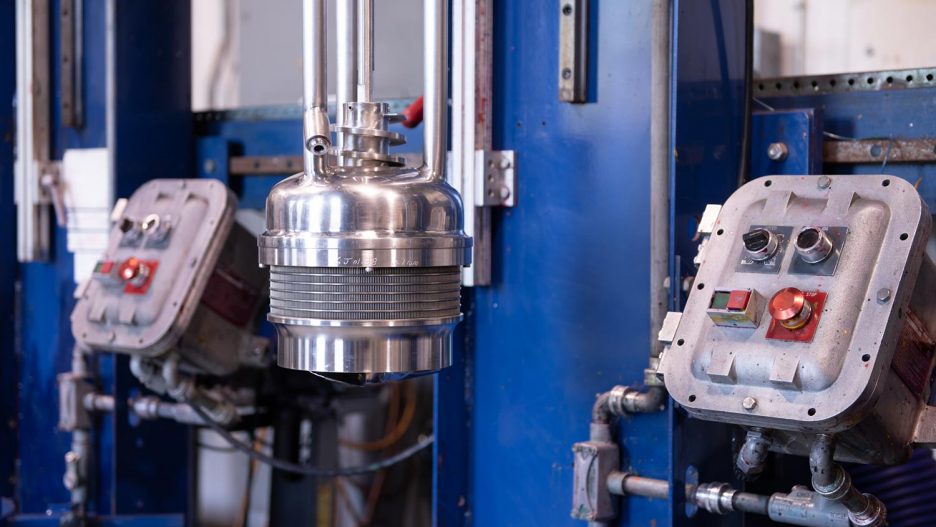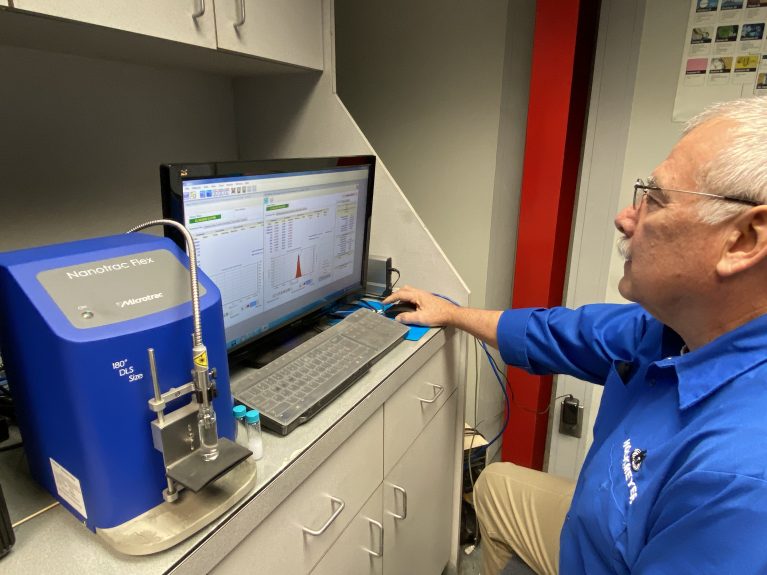
Industry Information
What’s the Difference Between Mixing, Dispersing, and Milling?
If you work in or own a business that serves industries such as construction, aviation, battery manufacturing, chemicals, cosmetics, food production, and paints, inks, and coatings, you’ve probably heard of the concepts we’ll discuss in this post.
Mixing, dispersion, and milling are three of the most used techniques in modern industry. With their unique features, each of these methods is vital to the large scale manufacturing of products across a wide array of industries, sectors, and product niches. But what exactly are they, and what are the differences between them?
While these three concepts are often mistaken for each other due to their similarities, there are notable differences between them. In this piece, we’ll look closely at the definitions of mixing, dispersing, and milling, and discuss the similarities and differences between them.
Mixing
By definition, mixing involves the systematic creation of a single material by intermingling two or more different individual ingredients or particles. These ingredients are usually fed into a rotating impeller through its trailing edge.
With mixing, material flow throughout the vessel is dependent on the type and size of the particles as well as (more importantly), the rotating speed of the impeller.
While mixing (sometimes also called blending) and dispersion are generally very similar in that they both involve the intermingling of particles, mixing employs a “flow-driven” process to achieve results. Here, two or more liquids are melded, and an applicable soluble solid can be dissolved. Therefore, many of the machines used in the mixing process can also be applied to dispersion. The size of the impeller and the mixing speed required will depend on various properties of the ingredients, such as their viscosity.
Dispersing
A dispersion is a mixture in which particulates of one material are distributed in a continuous phase of another.
Sound complicated? In much simpler terms, the goal of dispersion is to mix solids with liquids or liquids with other liquids. The finished material must possess very fine particles, with the goal of achieving an even particle spread within the liquid. With dispersion, the machine takes particles and breaks them down to de-agglomerate them and create a homogeneous material mixture. If these particles were to remain agglomerated (grouped together), their total surface area would be inaccessible by the liquid solution. As such, dispersion breaks them down, further exposing their surface area. This process is called: wetting.
While mixing is flow-driven, dispersion is a shear-driven process. Here, the impeller edge creates the action required to disperse the particles along the soluble spectrum. This process is usually performed at high speeds and requires more energy than conventional mixing methods.
Aside from the obvious manufacture of paints, processes such as combining lighter base liquids, oils, waxes, and dry ingredients in the production of creams, lotions, and other cosmetics also fall within the purview of dispersion.
Some examples of dispersion equipment include rotor stators and high shear lab mixers.
Milling
The milling process is different from both mixing and dispersion. It goes a step further: particle size reduction. A pre-dispersed mixture that requires further particle size reduction is then transferred to a mill for processing. The mill components “attack” the particles using various mechanical forces: media, pegs, and screens, to achieve the particle breakdown. This process helps maximize the yield of the ingredients and, in many instances, the functionality of the product. In the case of coatings and inks, it helps with color development, film properties, and product flow.
Depending on the ideal final particle size, the mill can be adapted and the environment temperature controlled to achieve the desired results. There are many types of mills in the market, and the selection process can be daunting. There are key factors to investigate through the trial process, and equipment suppliers often offer trial services to ensure the proper match between equipment and application are met.
Conclusion
As we discussed at the beginning of this post, the processes of mixing, dispersing, and milling are similar in many ways and are, therefore, often mistaken for one another. By understanding the similarities as well as the (sometimes nuanced) differences between these three, you will be able to figure out what process is required for your specific product application.

